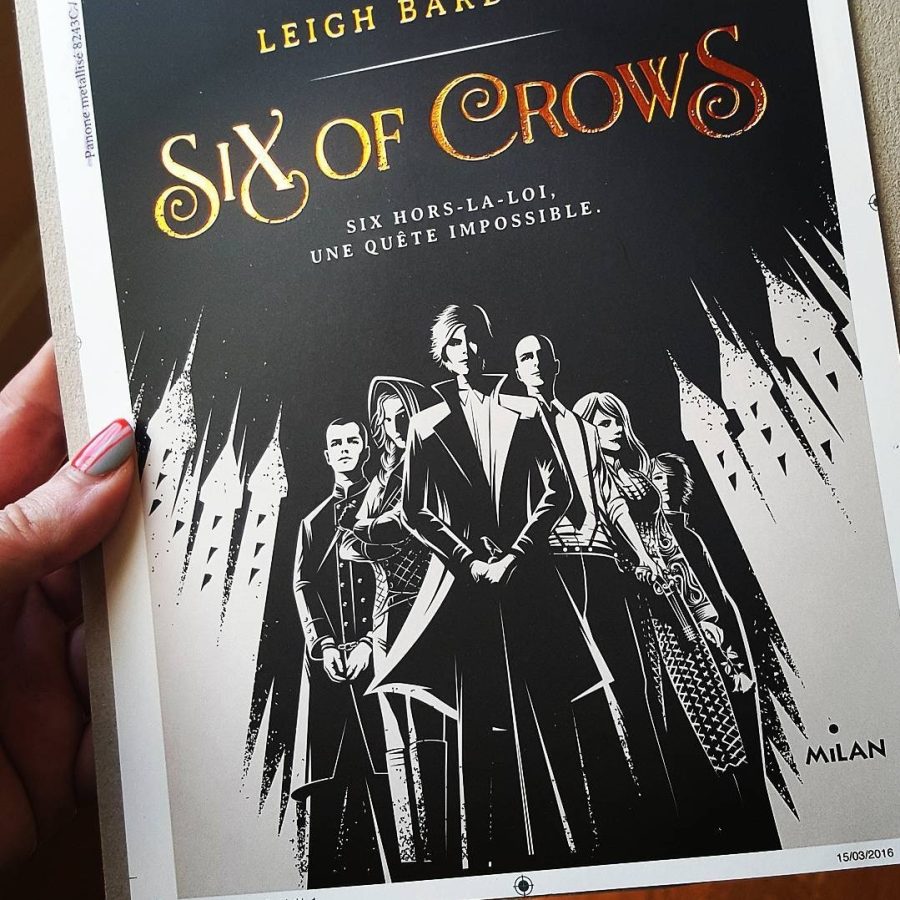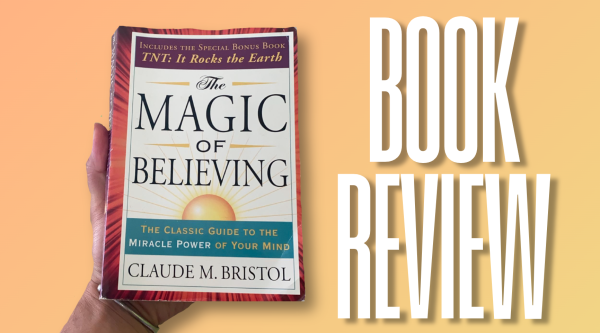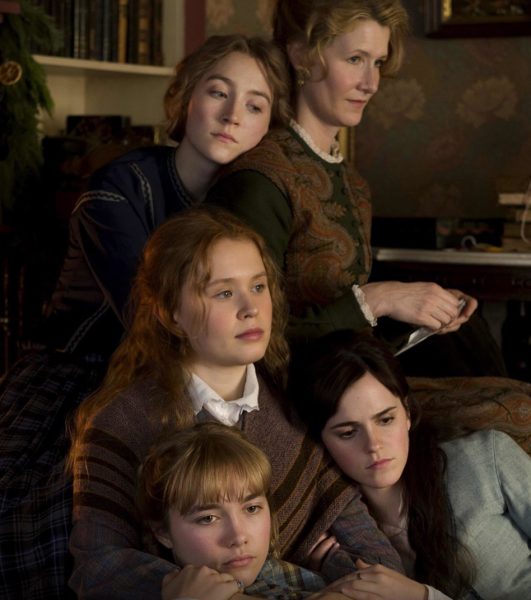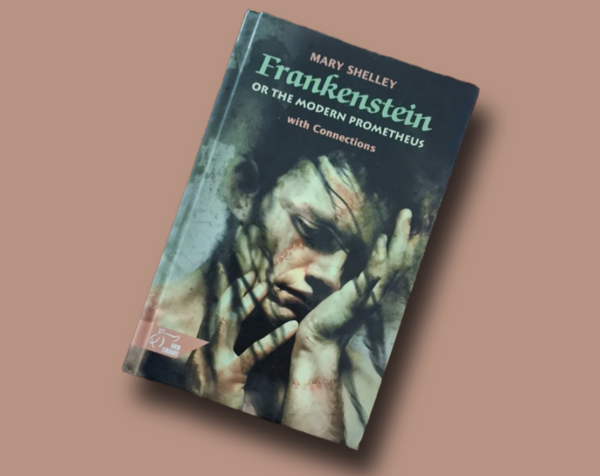“Six of Crows” Fosters Strong Character Bonds
“A gambler, a convict, a wayward son, a lost Grisha, a Suli girl who has become a killer, a boy from the Barrel who had become something worse.”
“Six of Crows,” is a spinoff duology of the “Shadow & Bone” trilogy, both set in the same fantasy world, the “Grishaverse.” However, the duology can be perfectly understood on its own, following a different province in the world. At times, the places and regions of the world Leigh Bardugo introduced were a bit hard to follow at times, especially since they came with their own history and side-plots. However, I thought that the author’s world-building was subtle and soundproof. I found that I could really picture each country, and the cities within, as their own entities.
For those who have read “Shadow & Bone,” the cameos from that trilogy only made my own reading experience that much better. Bardugo’s world is steeped in history, one that spans so many places and times that it was honestly insane to read about. The influences of tsarist Russia on Ravka, modern China and Mongolia for Shu Han, as well as Scandinavian provinces to create Fjerda, all felt well-researched. And relating these fantastic places to places we know of today was a great way to immerse the reader in a brand-new world.
Immediately, I could tell that “Six of Crows” would be action-packed. There was hardly any grace time where the novel would slow down to where I became bored. However, it is important to note that the novel did not feel too fast-paced or drawn out either. When one conflict was resolved, another would immediately spring up, each issue arising part of some greater intricate plot that was only revealed at the end of book one.
Beyond the world-building and plot of “Six of Crows,” I can undoubtedly say that my favorite part was the characters.
Following a band of six diverse characters, Bardugo immediately establishes backstories for each that seem completely unrelated. For example, it seems like Nina Zenik, one of the magical Grisha of this world, would never associate with Mattias Helvar, a Fjerdan witch-hunter that hates all Grisha. Nor would Wylan Van Eck, a wealthy noble’s son, become friends with Jesper Fahey, a brash pickpocket; Inej Ghafa, known as the “Wraith,” feared by all; or Kaz Brekker, also known as “Dirtyhands.”
Brekker is the head of a street gang called the Dregs, hired to perform a heist. A Grisha named Bo Yul-Bayur is imprisoned in the notoriously guarded Fjerdan Ice Court for the creation of a drug that amplifies Grisha abilities. Kaz is aware of the frightening impossibility of the heist, choosing to get his group together to travel to Fjerda, break out Yul-Bayur, and collect his check.
This group was incredibly exciting to read about because of what they brought to the table. Bardugo made sure to differentiate them clearly, with separate personalities and backgrounds that made them all stand out. I can genuinely say that I loved all the characters she introduced. It just makes the stakes of the novel higher when you care about the characters — and trust me, the stakes were already high.
A sucker for the found family trope, I also loved the bonds Bardugo created between the characters. They weren’t only romantic, and it was refreshing to see genuine friendships in a genre which does not always prioritize them. For one, Inej and Nina’s bond was so great to read, especially knowing that they were the only two women in their mostly male crew, in a male-dominated world. They stuck together in a way that spoke of mutual respect and honesty, their friendship developing into something really sweet and wholesome.
All in all, I appreciated how Bardugo did not sacrifice world-building for characters and vice versa in “Six of Crows,” remarkably delivering a fantastic blend that only served to make me immediately reach for book two.













































































































































































































